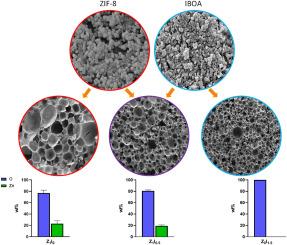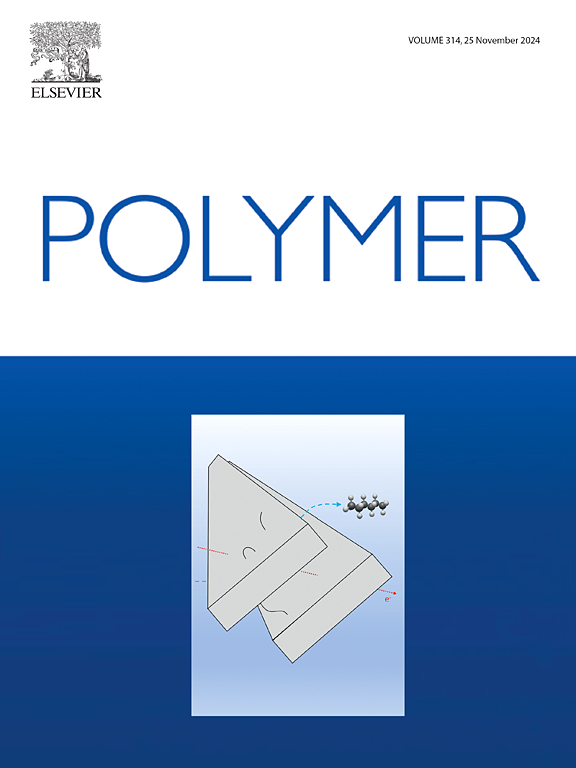Surfactant-Free ZIF-8 Decorated and Open Porous Pickering Polymerized High Internal Phase Emulsion
IF 4.1
2区 化学
Q2 POLYMER SCIENCE
引用次数: 0
Abstract
Metal-organic frameworks (MOFs) represent an emerging class of porous materials with significant potential for various applications. However, their utilization in powder form poses challenges for industrial-scale applications. Consequently, there is active research in developing supporting materials for MOFs. This research article explores the effectiveness of loading MOFs, specifically ZIF-8, onto polymerized high internal phase emulsions (PolyHIPEs). ZIF-8 was used as a sole emulsion stabilizer, as well as in combination with polymeric colloidal particles and surfactant as co-stabilizers of the emulsion. The findings indicate that when ZIF-8 is used as the sole emulsion stabilizer, it leads to well-surface-decorated but closed pore PolyHIPEs. Combining ZIF-8 with IBOA microparticles as emulsion stabilizers results in similarly well-decorated but interconnected porous structures. While the commonly used apporach using MOFs (ZIF-8) together with a surfactant (Hypermer B246) produced an interconnected porous structure, the pores become poorly decorated with ZIF-8. This is attributed to an antagonistic effect between Hypermer B246 and ZIF-8. The study employed morphological investigations, SEM micrographs, thermogravimetric analysis, and energy-dispersive X-ray analysis to evaluate the ZIF-8 loading efficacy in PolyHIPEs.

求助全文
约1分钟内获得全文
求助全文
来源期刊

Polymer
化学-高分子科学
CiteScore
7.90
自引率
8.70%
发文量
959
审稿时长
32 days
期刊介绍:
Polymer is an interdisciplinary journal dedicated to publishing innovative and significant advances in Polymer Physics, Chemistry and Technology. We welcome submissions on polymer hybrids, nanocomposites, characterisation and self-assembly. Polymer also publishes work on the technological application of polymers in energy and optoelectronics.
The main scope is covered but not limited to the following core areas:
Polymer Materials
Nanocomposites and hybrid nanomaterials
Polymer blends, films, fibres, networks and porous materials
Physical Characterization
Characterisation, modelling and simulation* of molecular and materials properties in bulk, solution, and thin films
Polymer Engineering
Advanced multiscale processing methods
Polymer Synthesis, Modification and Self-assembly
Including designer polymer architectures, mechanisms and kinetics, and supramolecular polymerization
Technological Applications
Polymers for energy generation and storage
Polymer membranes for separation technology
Polymers for opto- and microelectronics.
 求助内容:
求助内容: 应助结果提醒方式:
应助结果提醒方式:


